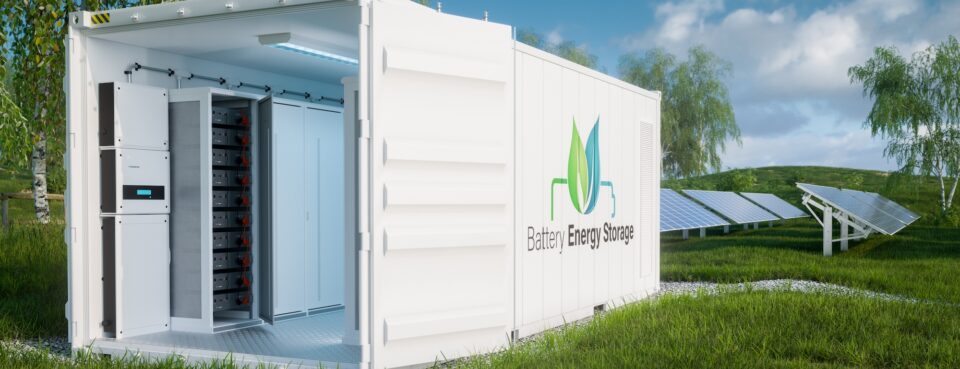One of the basic questions one might ask when planning a BESS is, how many batteries are required?
The intended application will inform the size of the battery bank required, so the first step will be defining the objective and asking further questions around that. Where will the BESS be located and how much room is available? What are the energy sources? What load capacity is required now, and will it need to be scaled up in the future?
Analysing how much energy needs to be generated is a good starting point. The BESS may be providing energy to an entire community or it may be supporting the main grid during times of peak demand. If historical data is available, that will assist the decision-making process.
In case you are unsure about the required load capacity or where to place your DEUTZ BESS to prolong the system’s life, the DEUTZ Technical Support Team and authorised dealer can provide assistance.
The generation source/s will also inform the size of the BESS.
There may be access to renewable energy generators such as solar and/or wind solutions. If renewables are part of the system, their integration and capacity must be considered.
Storage duration can vary depending on the specific application, so the size of the BESS will depend on whether it is the main source of energy or only being used for backup support. In such cases, DEUTZ New Zealand recommends investing in an expandable battery storage system like our newly developed DEUTZ BESS, scheduled to be released to market in Q4 2023. This way, you have the flexibility to increase the storage capacity if the main energy source is unstable or fails to meet your expectations.
Batteries have a cycle life because they incur losses during charging and discharging. These losses need to be evaluated, as a higher round-trip efficiency means more accurate sizing.
With different types of batteries available, choosing the right one for the job is important, and each needs to be evaluated to determine which is best suited to the task. Things to be considered are power capability, energy density, cycle life, maintenance and cost.
Once the size of the BESS has been evaluated, increasing the size appropriately makes sense as insurance against future increased demand and expansion.
Finally, an economic analysis should be made to evaluate the cost-effectiveness of the BESS by looking at initial costs, running costs, maintenance costs, life-span and potential revenue streams.
Computer simulations are available to assist with evaluating the efficiency of a BESS, with capacity to change data to come up with the best possible combinations and, importantly, the sizing of the BESS.


